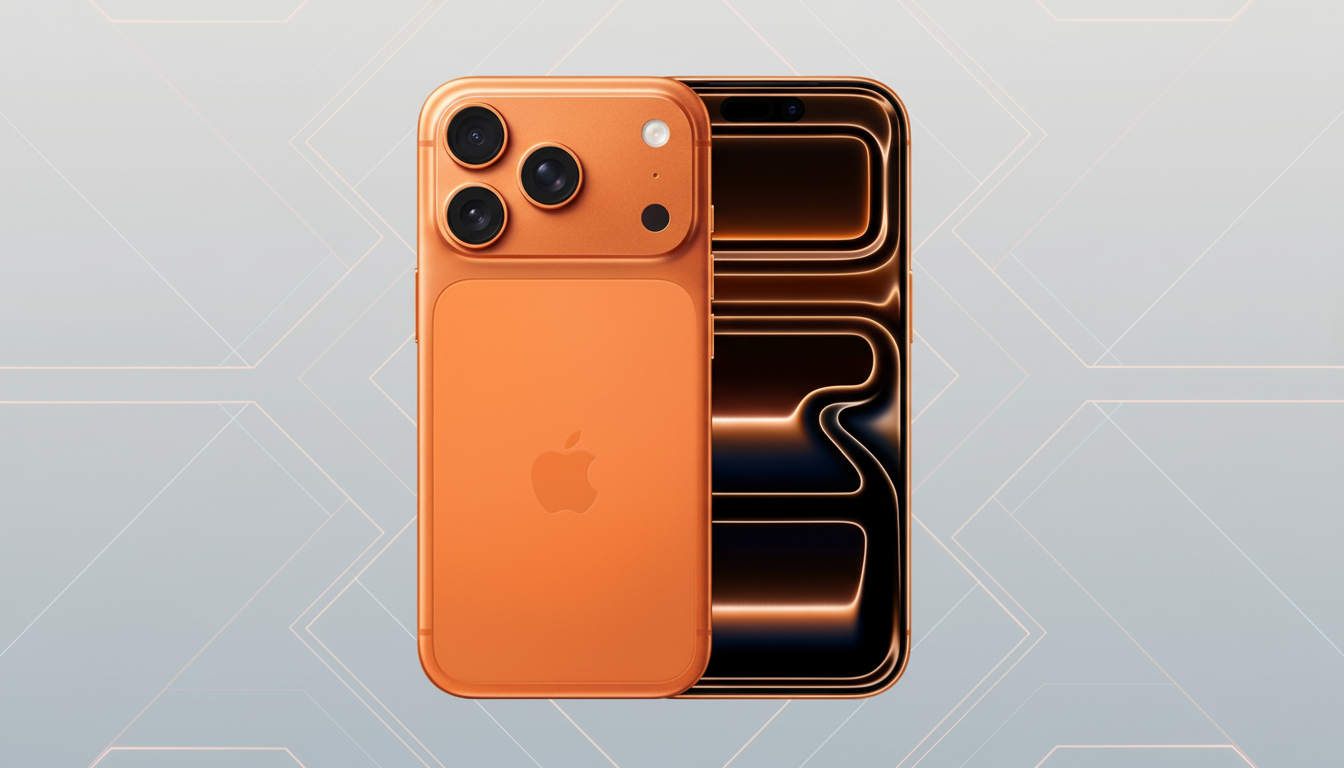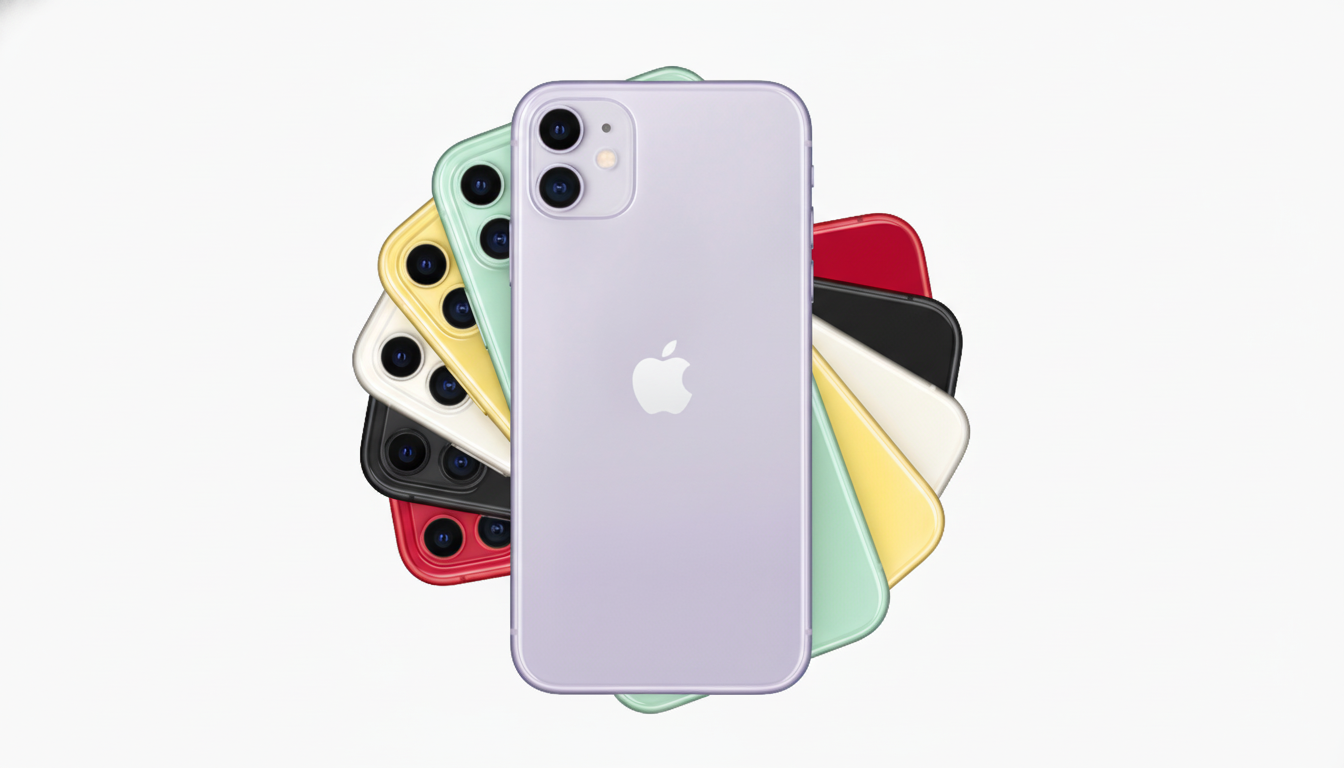If your iPhone appears to suddenly turn perfectly good taps into complete nonsense words, it’s not you. There are countless reports of the standard iOS keyboard misregistering touches, and swapping out adjacent letters is starting to happen too often even when you clearly tapped the correct key. The glitch occurred on various iPhone models and software versions, indicating that it is a problem with the software rather than a piece of failing hardware.
AnalogNeko began filming a 240-fps slow-motion video of the iPhone keyboard — press “u,” get “y” or “h”; tap on “m,” watch “n” appear — and produced a visual representation of fan complaints, which number in the thousands across YouTube, Reddit and Apple’s support community.

And though some users attribute it to aging thumbs, many report the flood of typos began only after new iOS updates.
What Users Are Seeing With The iPhone Keyboard Bug
The theme is the same: A single tap next to a key’s edge gets recorded as its neighboring letter. This is distinct from the classic AutoCorrect fail, where the word changes after it has been typed. Now, in this word, the bad letter shows up pretty quickly, even with AutoCorrect and Predictive Text both off — a fact that suggests to us that touch interpretation (not language model) is going astray.
The issue is crossing device lines, with users of both newer and older iPhones reporting the behavior. “Makes an Apple mechanic baffled as to why that would happen.” That eliminates a bad screen on a certain model and suggests the hit-testing logic in iOS — the software that figures out which key you struck — may not play well with some patterns of use, screen protectors or accessibility settings.
Why This iPhone Keyboard Typo Issue Is Happening
Contemporary mobile keyboards don’t simply accept your tap at face value; they guess intent. Apple, Google and third-party keyboard makers weigh the “touch target” of each key according to probabilistic models, language context and where your previous touches landed. This can be helpful for efficient typing, but when the model misfires, it could steer input toward incorrect neighbors instead.

Apple has also updated on-device typing intelligence in recent iOS versions, with a more advanced AutoCorrect engine that draws on transformer models. The new keyboard can hit the wrong key when finger placement is just right, a consequence of touch target resizing and contextual prediction that are just on this side of too aggressive — or maybe even a little bug in the hit-testing pipeline. The problem is unrelated to the nose or mouth detection issues. Apple has not addressed it publicly, but it does appear to be experienced by plenty of different people. Try using this in the interim yourself; if your app is updated, there may be a software fix for the issue.
Quick Fixes To Reduce iPhone Keyboard Typos Now
- Toggle typing intelligence. Turn off Auto-Correction, Predictive, Smart Punctuation and Slide to Type by going to Settings > General > Keyboard. Test it by disabling each for a few minutes, then enabling it back one at a time to see if you can pinpoint any one thing that seems to worsen the mis-taps.
- Reset the keyboard dictionary. Over the course of repeated typing sessions, motions sensed by users can help reinforce odd corrections. At Settings > General > Transfer or Reset > Reset, tap Reset Keyboard Dictionary. It just makes the file of known words that you added yourself disappear, not your data.
- Adjust touch sensitivity. In Settings > Accessibility > Touch > Touch Accommodations, try setting “Hold Duration” to 0.10–0.20s. This causes iOS to recognize a tap only after a small (but consistent) delay, minimizing accidental edge presses. You could also enable Ignore Repeat so that you can’t quickly register taps twice.
- Change Haptic Touch timing. In Settings > Accessibility > Touch > Haptic Touch > Fast. Some users have also noticed fewer stray activations when the system is waiting for faster taps.
- Test without accessories. Take off your case and any screen protector, wipe down the display, then try again. Some protectors or micro-debris can slightly change tap geometry, and that is important if the keyboard is already skewing touch targets.
- Change keyboard layout or size. Try the one-handed keyboard (left or right) in Settings > General > Keyboard. Changing the layout alters spacing between keys, and might dodge the misregistration zone that’s giving you trouble in your specific case.
- Try a third-party keyboard. Temporary workarounds that you can use are to install Gboard or SwiftKey. If the problem disappears there, that only adds more weight to the argument that Apple’s keyboard software (not your screen) needs a patch.
- Update and restart. This seems to be common with these, so get the latest iOS version and install it, then turn your phone off and back on. If the bug resides in the OS, incremental updates frequently contain quiet keyboard fixes hidden in the release notes.
- When all else fails, Reset All Settings. Navigate to Settings > General > Transfer or Reset > Reset > Reset All Settings. It protects your data, but makes Wi‑Fi, Bluetooth and settings like that the same as they were when you took your phone out of its box.
How To Check If You’re Affected By This iOS Bug
Open Notes and type one of the following: The swanky fish Willard creature Writhing serpent Maidens sell Witnessed hurdles Monster dance Death clock Fire horse Dog food Marines run Crazy dogs Run Dance fluoride martian Innerspace eye Chicken soup Monkey man Photo bomb Lucky monkey Meat n Taters Razor back Cheese burger Poor devil Krasna Horka Hot Box Thumbs up Ride Analysis minimum Swerve High Low Aggghhhh Piggy wiggy porker Moon men Slide show Detail work Soft green Nursery rhyme Minute hour Ghost equals toast Gore lover etc. If you tend to get neighboring letters, the bug is probably in effect. To see the interaction more clearly, record your screen touching with another phone in slow motion while you type: You will observe as your finger lands on a key that closes as a next-door letter opens up.
Do the same test with Auto-Correction and Predictive off. If the incorrect character continues to appear just like that, it’s not a language “fix.” It’s touch interpretation.
What Happens Next If Apple Confirms A Keyboard Bug
For a problem reported as widely as we’ve seen this week — Yahoo Tech saw complaints from YouTube to Reddit to Apple’s own Support Communities — a software solution is the most likely route. Send feedback via Apple’s Feedback Assistant to increase signal, and monitor future iOS release notes for keyboard and input enhancements. Until then, the tweaks above can help reduce errant letters and make typing feel normal once more.
For reference, a large-scale study from Aalto University put the average smartphone typing speed in the mid-30s (words per minute), with accuracy varying due to screen size, posture and prediction models used. So a little bug in hit testing can cause a ton of small daily misery. The good news is that, if a software fix takes care of the underlying problem, it tends to reach everyone all at once.

